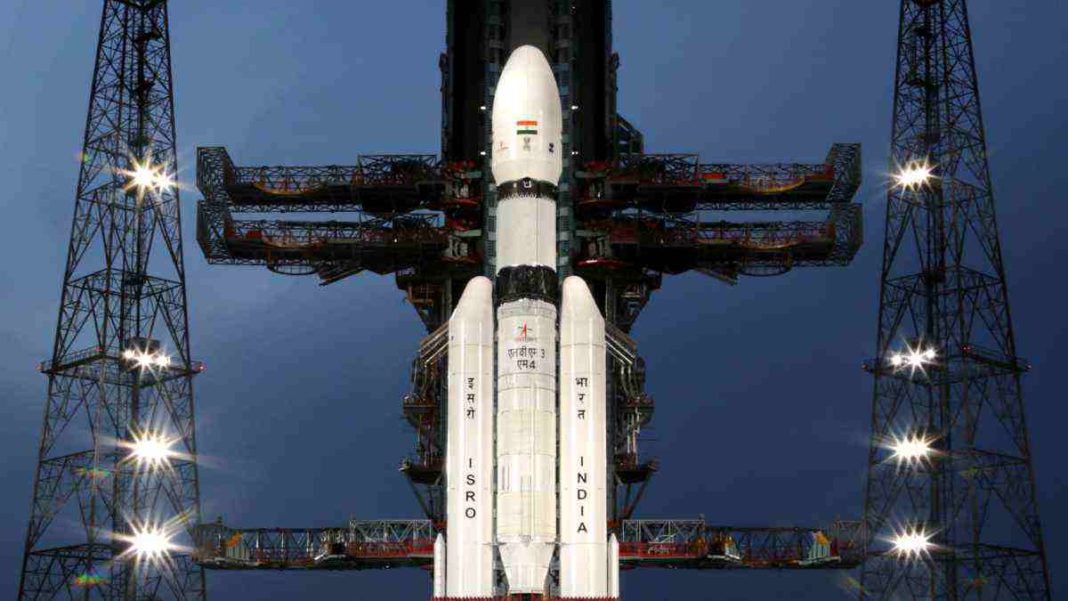INDIA: As the world celebrates seven decades of lunar exploration, data from NASA’s database on Moon missions reveals that out of the 111 missions conducted thus far, 62 have achieved success, 41 have encountered failures, and eight have achieved partial success.
Against this backdrop, India has recently embarked on its third lunar mission, Chandrayaan-3, with the ambitious goal of achieving a soft landing on the surface of Earth’s only natural satellite.
Success would position India as the fourth nation in history to accomplish this rare feat, following in the footsteps of the United States, China, and the erstwhile USSR.
Scheduled for 5:47 p.m. on August 23, the technically demanding soft landing planned for Chandrayaan-3 represents a significant challenge.
The Indian Space Research Organisation (ISRO), responsible for the mission, acknowledges that such missions face numerous uncertainties once rockets depart Earth’s gravitational field.
According to G. Madhavan Nair, a former ISRO chairman, the success rate of lunar missions is only about 50% due to things like the gravitational pull of other celestial bodies, radiation levels in space, and the equipment’s propensity for malfunctions. Nair underlined that Chandrayaan-1 and Chandrayaan-2, India’s prior lunar missions, both achieved precise orbital insertion onto the moon.
Data analysis from 1958 to 2023 reveals that nations and organisations like India, the United States, the USSR (now Russia), Japan, the European Union, China, and Israel have conducted lunar missions. These missions have encompassed a variety of objectives, including orbiters, landers, and flyby missions.
The early years of lunar exploration witnessed a mix of triumphs and setbacks. The US-led Pioneer 0, launched on August 17, 1958, unfortunately ended in failure. Similarly, several missions launched by the USSR and the US in the same year experienced setbacks. Luna 1, the USSR’s first “Moon flyby” mission, which was launched on January 2, 1959, was only partially successful.
Significant milestones followed in subsequent years. In July 1964, the US mission Ranger 7 captured close-up images of the Moon, providing unprecedented views.
Then, in January 1966, the USSR’s Luna 9 accomplished the first-ever soft landing on the lunar surface, delivering groundbreaking images. The US responded with success in May 1966, when Surveyor-1 achieved a similar soft landing.
Undoubtedly, the most iconic lunar mission in history occurred in July 1969, when the United States’ Apollo 11 mission saw Neil Armstrong become the first human to set foot on the Moon, leaving an indelible mark on mankind’s exploration of space.
Between 1958 and 1979, the United States and the USSR dominated lunar exploration, launching a total of 90 missions during this period. However, there was a noticeable lull in lunar missions throughout the 1980s, with no launches taking place during that decade.
Subsequently, Japan, the European Union, China, India, and Israel emerged as late entrants to lunar exploration. Japan’s inaugural Moon mission, the orbiter Hiten, took place in January 1990. Japan continued its lunar endeavors, culminating in the launch of the orbiter Selene in September 2007.
As the world eagerly awaits India’s Chandrayaan-3 mission, the journey of lunar exploration over the past seven decades showcases a blend of accomplishments and challenges.
Each mission, successful or otherwise, has contributed to expanding our understanding of the Moon while propelling the boundaries of space exploration ever further.
The Chandrayaan-3 mission holds the promise of adding another chapter to this remarkable saga. As the countdown to the historic soft landing begins, the global scientific community eagerly anticipates the outcome and the valuable insights it may yield for future lunar missions.
Also Read: ISRO’s Chandrayaan-3 Begins Journey to the Moon, Political Parties Clash Over Credit



